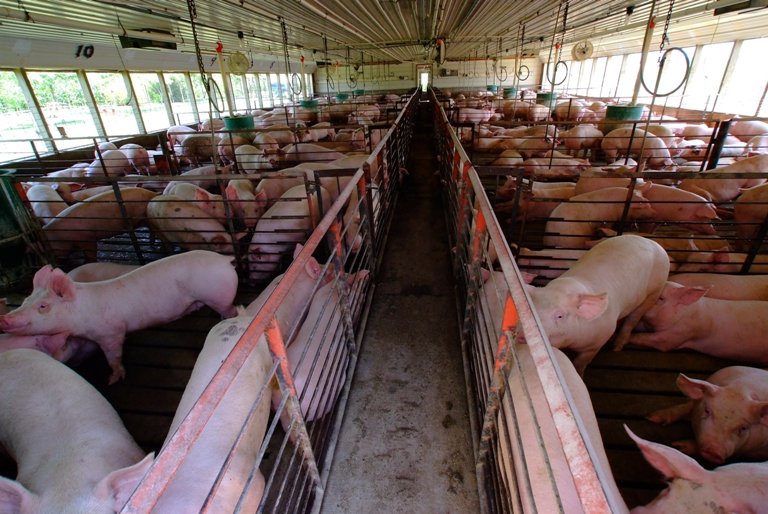The oft-cited statistic that 80% of antibiotics sold in the United States are used in animals is highly misleading, says Richard Raymond, MD, former undersecretary for food safety at the U.S. Department of Agriculture, in an excerpt published by the Center for Infectious Disease Research & Policy, University of Minnesota.
January 8, 2013

The oft-cited statistic that 80% of antibiotics sold in the United States are used in animals is highly misleading, says Richard Raymond, MD, former undersecretary for food safety at the U.S. Department of Agriculture, in an excerpt published by the Center for Infectious Disease Research & Policy, University of Minnesota.
In a recent Food Safety News (FSN) opinion piece, Raymond writes that the 80% statistic is commonly used by those who want to eliminate antibiotic use in animals (because of the risk of promoting resistance to the drugs) and/or reduce the amount of animal products consumed in the United States. Citing information from a U.S. Food and Drug Administration report, Raymond says 28% of antibiotics used in animals are ionophores, which have never been approved for use in humans. Because several other antibiotics used in animals also remain unapproved for human use, a total of 45% of antibiotics sold for animal use are not used in human medicine, Raymond writes.
Further, tetracycline is the most commonly used class of antibiotics given to animals, accounting for 42% of sales. In human medicine, tetracycline drugs make up only about 1% by weight of antibiotics sold.
Thus, Raymond argues, 87% of antibiotics used in animals are rarely or never used in humans. He argues against the “radical” step of banning antibiotic use in food animals except to treat actual infections, saying it would markedly drive up the cost of protein. Read the Jan. 7 FSN opinion article.
You May Also Like



